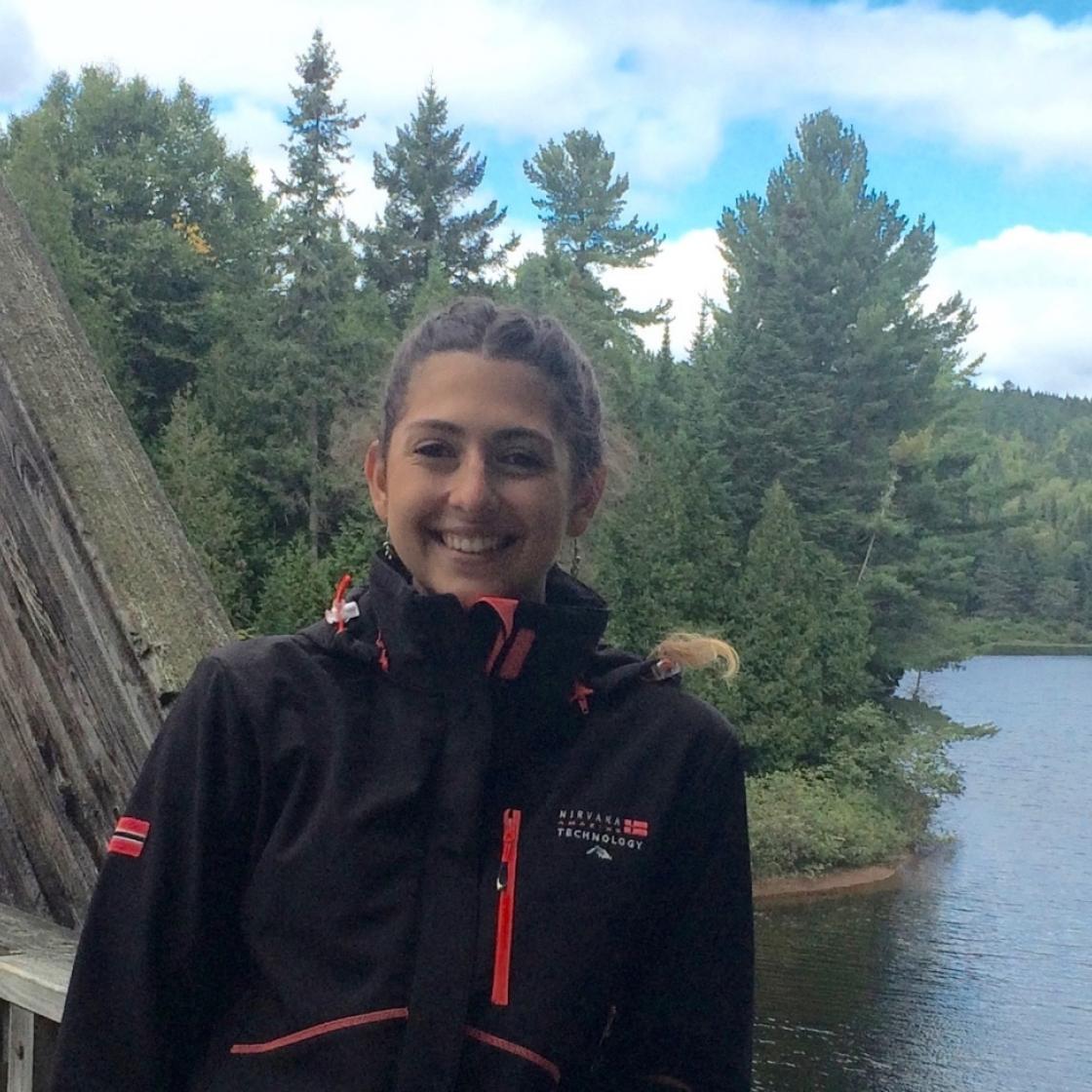Faure J., Gasco N., Bonillo C., Munaron J.M., Cherel Y., Péron C. Feeding ecology of two deep-sea skates bycaught on demersal longlines off Kerguelen Islands, Southern Indian Ocean. Deep-sea Research I. 194,103980.
Elasmobranchs, and particularly skates (Rajiforms), are commonly caught in fisheries worldwide as targeted catch or bycatch. Their life history traits make them particularly sensitive to elevated fishing mortality, especially in slow-growing deep-sea species. Knowledge of their ecology is key to ensure effective conservation and mitigation measures, especially dietary references to understand trophic relationships within the ecosystem. This study presents the first comprehensive description of diet composition and trophic position of two skate species (Bathyraja eatonii and B. irrasa) caught as bycatch in the French Patagonian toothfish (Dissostichus eleginoides) fishery in the Indian sector of the Southern Ocean (Kerguelen waters). Stomach content and stable isotopic analyses were performed on both species according to sex and maturity stage. DNA barcoding analysis was performed on prey tissue samples to identify or confirm identification of prey items found in stomachs. Overall, both skate species were generalist feeders with high δ15N values. The higher δ15N values of B. irrasa result in a higher estimated trophic position than B. eatonii. The diet of B. eatonii mainly consisted of fish, pelagic crustaceans and squids, while B. irrasa preyed more on benthic crustaceans, fish and annelids. While sex had no effect on diet and trophic position for both species, maturity stage influenced the prey composition of B. irrasa. Annelids and isopods were prevalent in the stomachs of immature individuals of B. irrasa, while mature individuals fed more on decapods and fish. Our results revealed a wide range of prey items for these two generalist predators (>57 species). Understanding the diet, trophic position and trophic relationships of B. eatonii and B. irrasa is critical to a better comprehension of the impact of the exploitation of top predators on the subantarctic demersal ecosystem.
BOREA contact : Johanna Faure, johanna.faure@mnhn.fr
Elasmobranchs, and particularly skates (Rajiforms), are commonly caught in fisheries worldwide as targeted catch or bycatch. Their life history traits make them particularly sensitive to elevated fishing mortality, especially in slow-growing deep-sea species. Knowledge of their ecology is key to ensure effective conservation and mitigation measures, especially dietary references to understand trophic relationships within the ecosystem. This study presents the first comprehensive description of diet composition and trophic position of two skate species (Bathyraja eatonii and B. irrasa) caught as bycatch in the French Patagonian toothfish (Dissostichus eleginoides) fishery in the Indian sector of the Southern Ocean (Kerguelen waters). Stomach content and stable isotopic analyses were performed on both species according to sex and maturity stage. DNA barcoding analysis was performed on prey tissue samples to identify or confirm identification of prey items found in stomachs. Overall, both skate species were generalist feeders with high δ15N values. The higher δ15N values of B. irrasa result in a higher estimated trophic position than B. eatonii. The diet of B. eatonii mainly consisted of fish, pelagic crustaceans and squids, while B. irrasa preyed more on benthic crustaceans, fish and annelids. While sex had no effect on diet and trophic position for both species, maturity stage influenced the prey composition of B. irrasa. Annelids and isopods were prevalent in the stomachs of immature individuals of B. irrasa, while mature individuals fed more on decapods and fish. Our results revealed a wide range of prey items for these two generalist predators (>57 species). Understanding the diet, trophic position and trophic relationships of B. eatonii and B. irrasa is critical to a better comprehension of the impact of the exploitation of top predators on the subantarctic demersal ecosystem.
BOREA contact : Johanna Faure, johanna.faure@mnhn.fr


